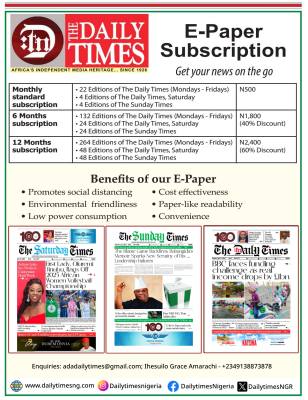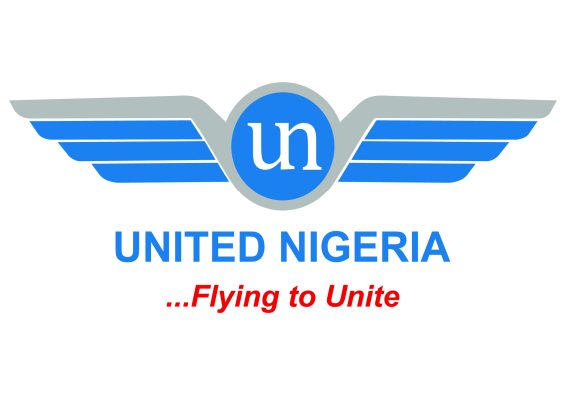No basis to hike electricity tariff

Agitators have said that in a country where electricity supply has permanently been abysmally poor and most consumers provide their own power supply, it is puzzling to hear of constant tariff increments by electricity companies.
Last January, the Federal Government announced through the Minister of Power, Works and Housing, Mr. Babatunde Fashola, that there would be no further hike in electricity tariff in the nearest future. The assurance was given in response to media reports then that government was contemplating an upward review of the existing tariff regime.
But it seems the story is about to change. Power sector key players are hotly pushing for another increase. Their argument is further reinforced by the disagreement between Electricity Generation Companies, GENCOs and Electricity Distribution Companies, DISCOs over a planned centralisation of accounts of the latter.
The Federal Government had earlier in the year, threatened to centralise the accounts of the DISCOs over their inability to fulfil their monthly remittances with the Nigerian Bulk Electricity Trading Plc, NBET, accusing them of remitting only 30 per cent of their monthly energy invoices last year. But the DISCOs had countered that the tariffs paid by customers were not cost-reflective for them to recover the actual cost of power distribution.
The same consideration is said to have influenced an earlier plan to hike electricity tariff which was aborted following stiff public opposition. It would be recalled that the Nigeria Electricity Regulatory Commission, NERC, had in January 2016 announced a 45 per cent increment in electricity tariff. Fashola had at the time defended the new tariff, saying it was necessary for the market to survive. He said that going back on it would cost government over N575 billion.
It will be recalled that the FG had earlier said electricity tariff increase may take place in July as it considers options to revive the ailing power sector by injecting $7.6 billion (about N2.4 trillion) in five years.
The details are contained in the Power Sector Recovery Plan (PSRP), a document formulated in March by the Office of the Vice President and the World Bank Group (WBG). The Working Group for the implementation is being coordinated by the SSA to the President on Power at the Office of the VP, Damilola Ogunbiyi, and the Lead Energy Specialist at WBG, Kyran O’Sullivan.
Daily times gathered that the federal government considers recovering the $7.6bn fund by way of hiking the present electricity tariff outlined in the Multi Year Tariff Order (MYTO) 2015. It has considered four options and the Working Group is making a decision on which of the hike options to adopt shortly.
The first tariff hike option is to freeze tariffs for all classes of electricity customers until July 2019. Although the present administration may have left office then, government still believes this decision will help it recover the N2.4trn ($7.6bn) it is sinking into the sector from now to 2021.
Option B of the PSRP is to hike tariffs for all classes of customers by January 2018. This it said will fetch about N1.7trn (about $5.4bn) of the fund to be spent in the 5-year period. However, a balance of $2.2bn (N697.4bn) may not be recovered within the period.
The third tariff hike option which is the most urgent is to increase tariffs in July 2017 (two months from now). This decision if taken will fetch the federal government about N1.3tr ($4.1bn) to support the sector in the 5year period. Government may still have to contend with recovering $3.5bn (N1.1trn) balance.
The fourth option is to hike tariffs by 50 per cent in July 2017 for industrial customers only. The non-vulnerable residential and low commercial customers will see the hike by January 2018 while the vulnerable ones (customers in the lowest class) will see a hike by July 2019. Government believes taking the decision could raise N2.3tr ($5.9bn), leaving a balance of $1.7bn (N538.9bn).
The PSRP team’s survey tests these options to determine the support from the public and the political backings. The research shows that Option 3 of hiking tariff in the next two months to generate N1.3tr will have zero political and public support, but with high support from the $7.6bn intervention funders (mostly AfDB and WBG).
Option 1 to generate N2.4tr will have medium political and public support, with low support from the funders.
Option 2 which will fetch N1.7trn FG support will have low support from politicians and public and a medium from the funders; Option 4 (N1.9tr) tariff increase for industrial customers only will have medium political support and high support from the public and the funders (lenders).
Government traced causes of the present liquidity crisis in the sector to consumers’ apathy to pay bills in post privatisation, poor regulatory compliance, foreign exchange fluctuations, vandalism among others.
It said the result was epileptic power supply that causes the Nigerian economy to lose $29.3bn (N9.2trn) annually. The factors have also caused an electricity market shortfall of N470bn and a tariff shortfall of N458bn between 2015 and 2016.
Government which still has a 40 per cent stake in the power sector utilities privatised on November 1, 2013, plans to spend $1.5bn (N475.5bn) annually from 2017 to 2021, estimated at $7.6bn in five years.








